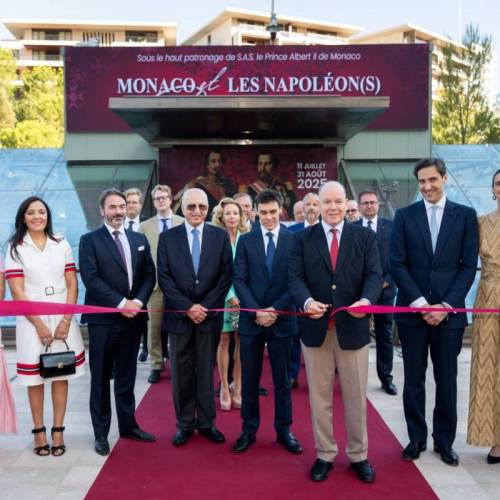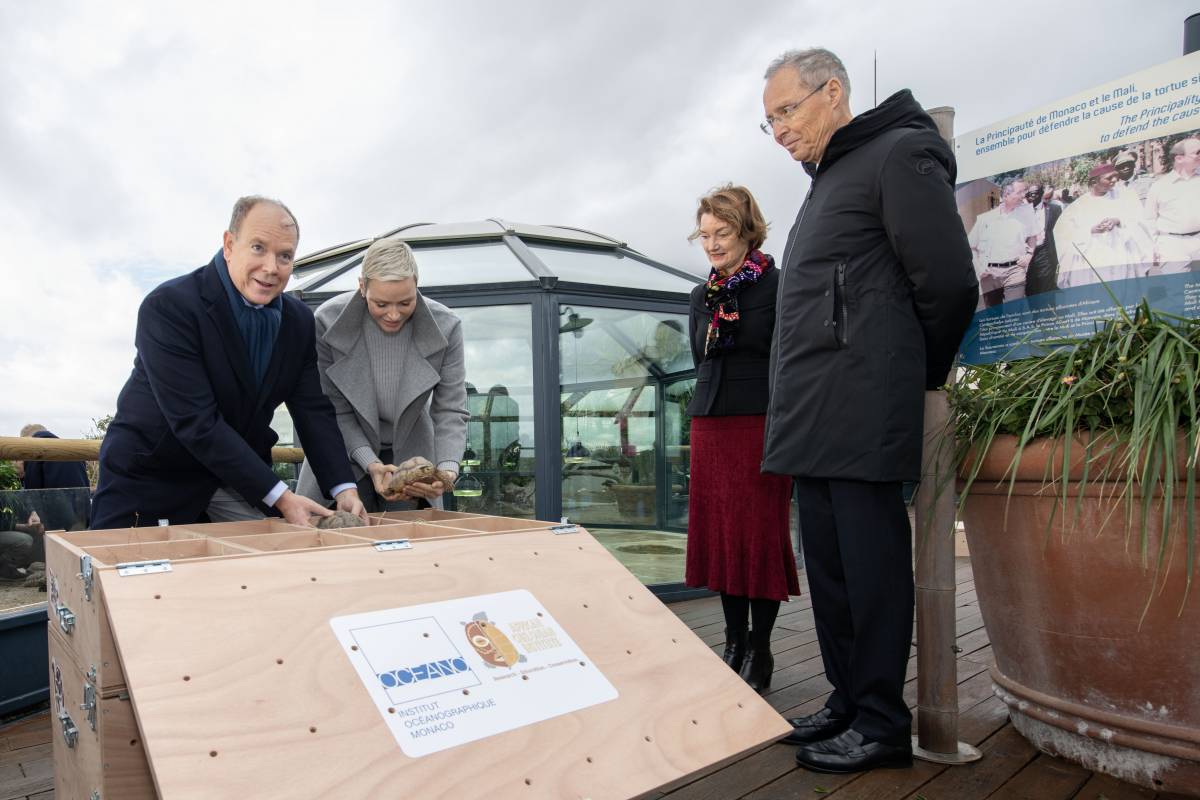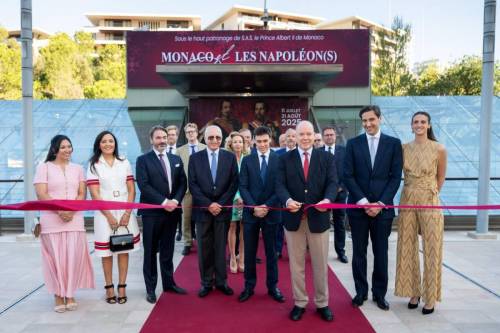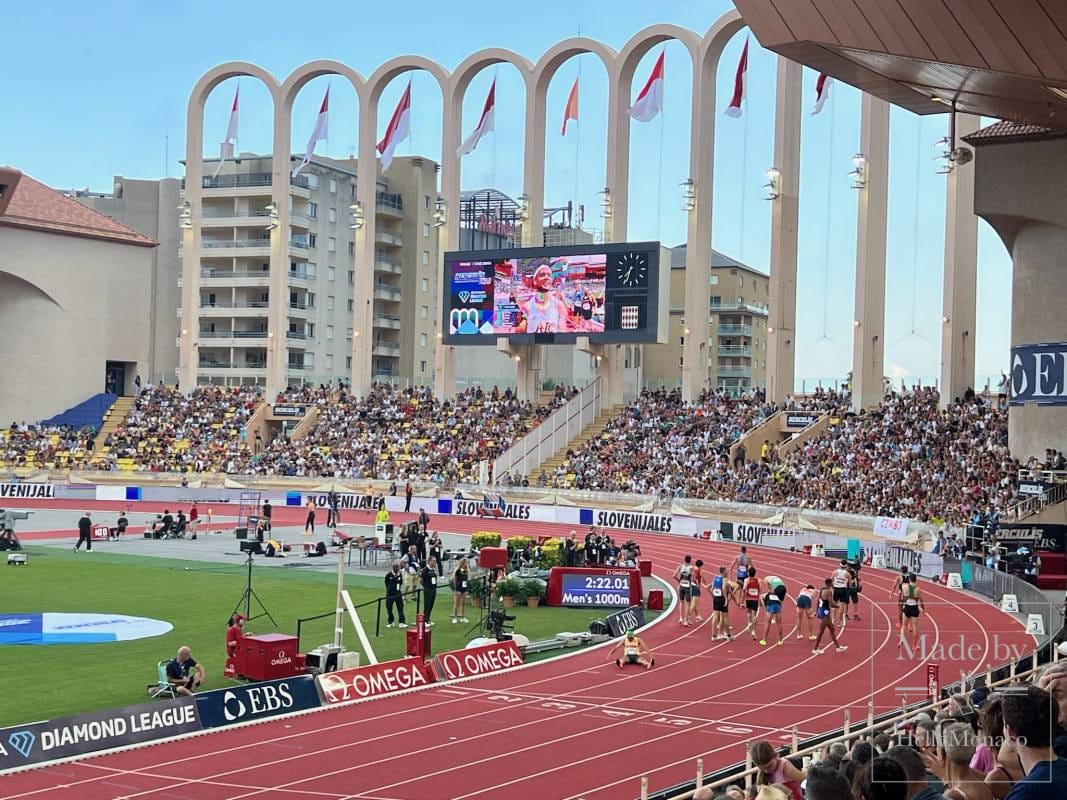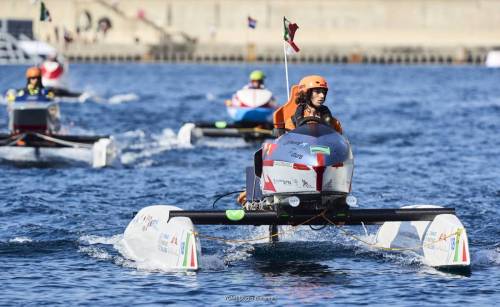The Princely twins took part in a momentous and heartwarming initiative to boost and strengthen the endangered tortoise population in Senegal. On 10 December, Prince Albert II, Princess Charlene, Hereditary Prince Jacques and Princess Gabriella visited the Oceanographic Institute of Monaco to help a group of young tortoises, who were raised in Monaco, begin their 4,000 kilometre journey to their new home in Senegal. In total, forty-six African Spurred Tortoises were transferred to the Village des Tortues de Noflaye, before they will be eventually released into the wild.
Prince Albert II and Princess Charlene wanted to actively involve their children in the operation, to help their children learn, first-hand, about biodiversity and endangered species. The Princely family helped the tortoises have a proper send-off, which was the first step of a three year program.
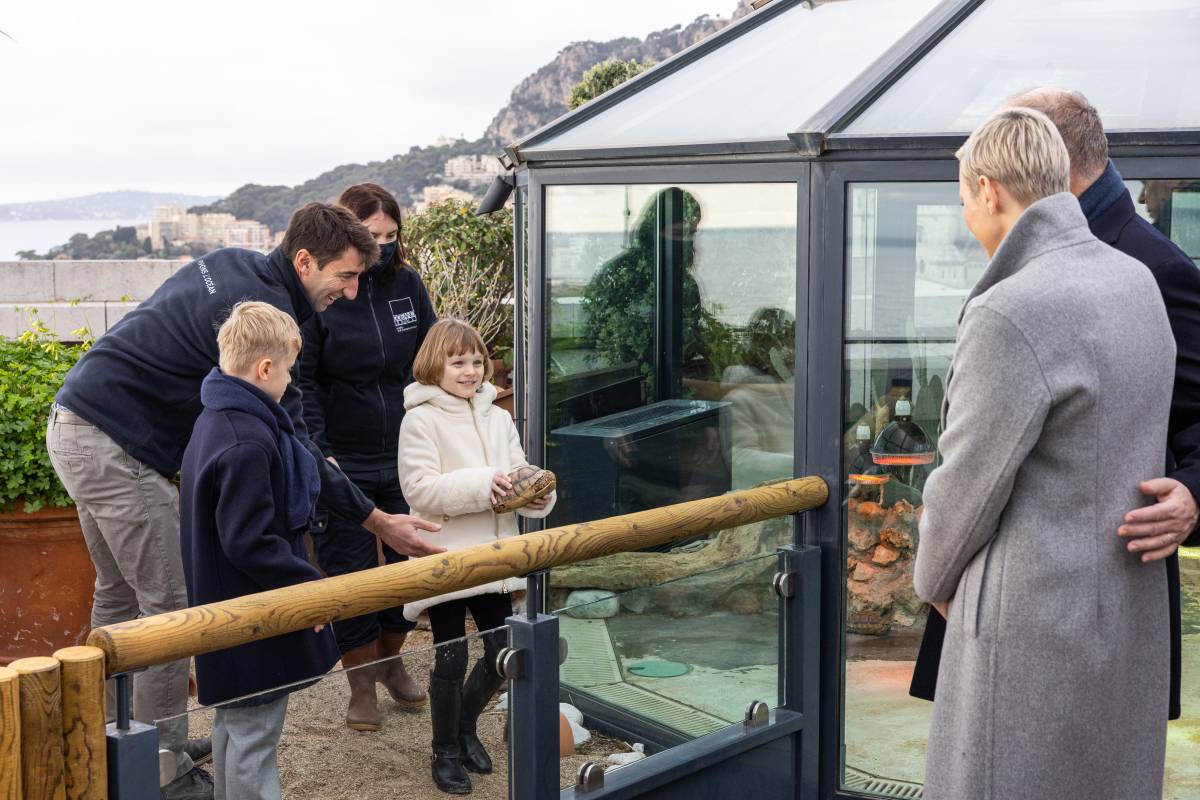
Seven tortoises gifted to Prince Albert II by President of Mali give birth to 49 babies
Seven tortoises had been offered by former Malian President, HEM Amadou Toumani Touré, to HSH Prince Albert II, during an official trip in 2012. These turtles came from a breeding centre in Mali and were then entrusted to Robert Calcagno, director general of the Oceanographic Institute, in order to raise awareness among visitors about the protection of this endangered species. The herbivorous reptiles had taken up residence in “L’île aux Tortues” a space specially designed for them on the panoramic terrace of the Museum. Since 2012, the Oceanographic Museum was home to these African spurred tortoises (Centrochelys sulcata), the third largest land tortoise in the world.
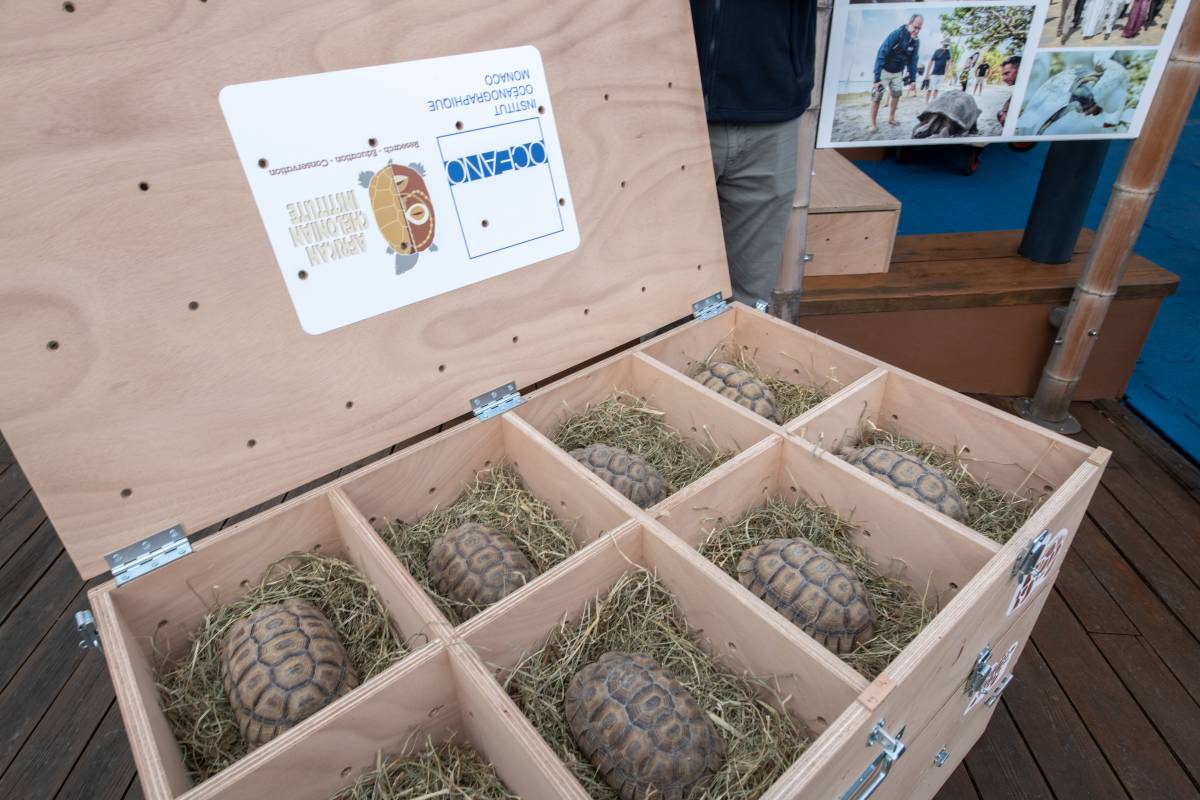
During the ten years following the arrival of the original seven tortoises, 49 baby turtles were born. The 80m² landscaped enclosure quickly became too cramped to accommodate all the new tortoises, so the Oceanographic Institute had the idea of using the young turtles for conservation purposes.
The Monegasque institute then joined forces with the African Institute for the Study and Protection of Turtles, which set up a population reinforcement program for 46 of the 49 juveniles. This program includes their management in quarantine within the Centre for the Protection of Turtles in Senegal in Village des Tortues, followed by their introduction into the Koyli Alpha Nature Reserve in the northwest of the country, as well as monitoring them for two years.
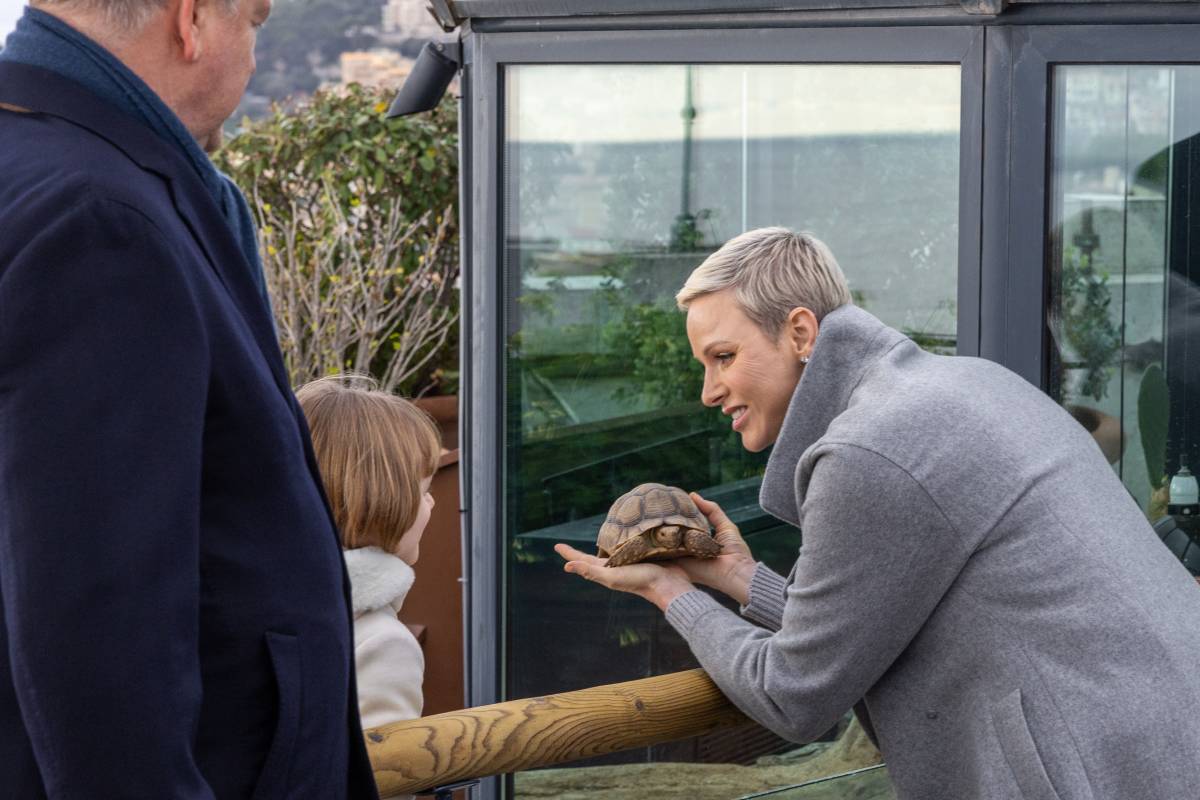
The African Institute’s Founder and Manager, Tomas Diagne, a world-renowned turtle expert and winner of the Rolex Prize for Entrepreneurship in 1998, has been working for more than 30 years to save these endangered species in Senegal and West Africa.
“This operation is exemplary in our eyes because in Africa, turtles are almost always exported to supply international trade. It is therefore a rare and beneficial exception to see them return to strengthen an already weakened wild population,” said Tomas Diagne.
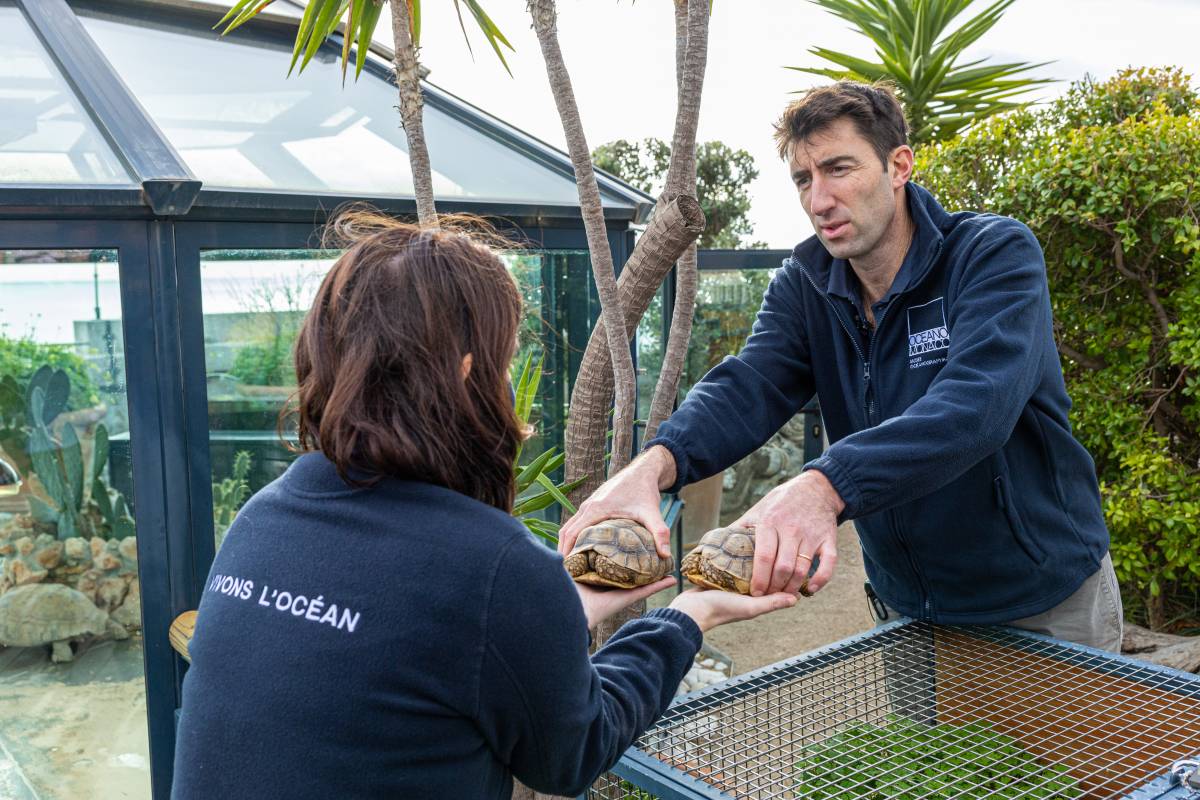
The tortoises’s journey into the wild
After the 46 juveniles were placed in six specially designed crates, they were transported from Monaco to Paris-Charles de Gaulle airport on Saturday 10 December. They will then fly to Dakar on 12 December, under the supervision of veterinarians, as part of a partnership with Air France KLM Martinair Cargo.
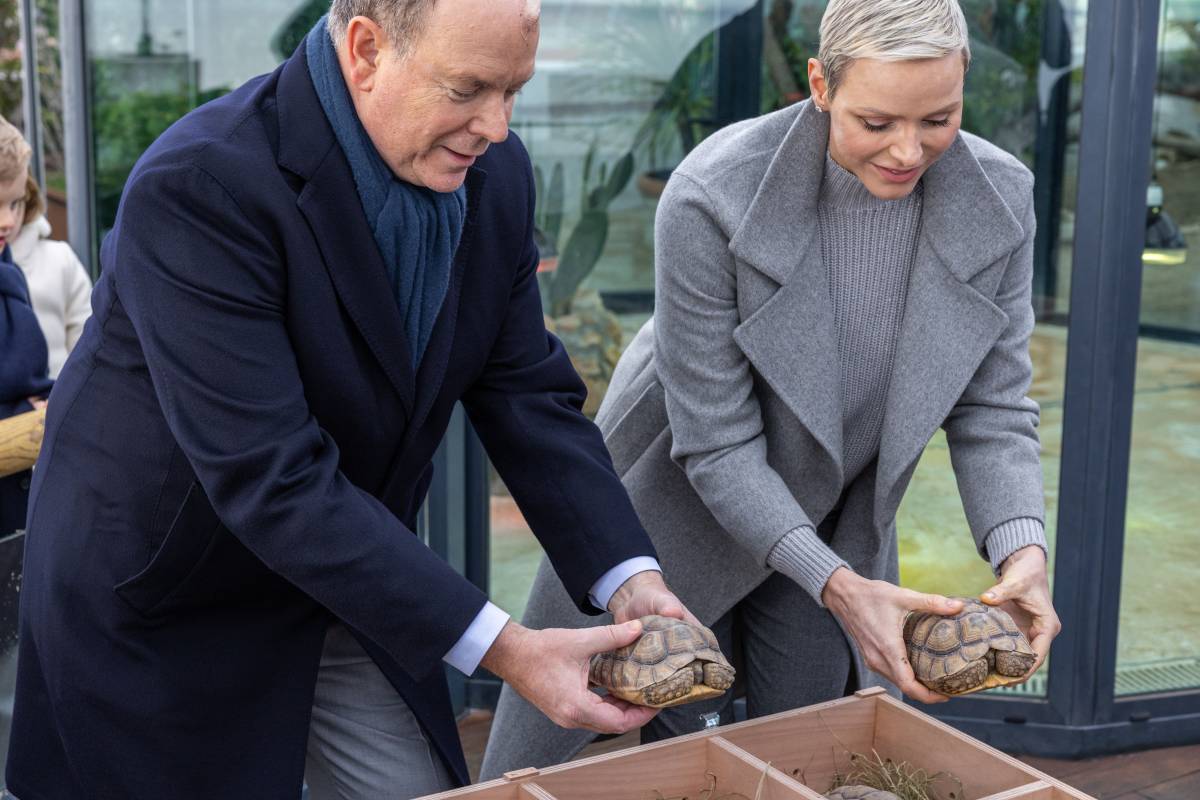
Once they’ve arrived at their destination, they will be placed in an observation enclosure for 6 months in the Village des Tortues de Noflaye conservation centre. This quarantine phase aims to accustom the turtles to their new environment (climate, food) and to monitor their health to ensure that their introduction into the natural environment does not present any risk for them or for the wild population.
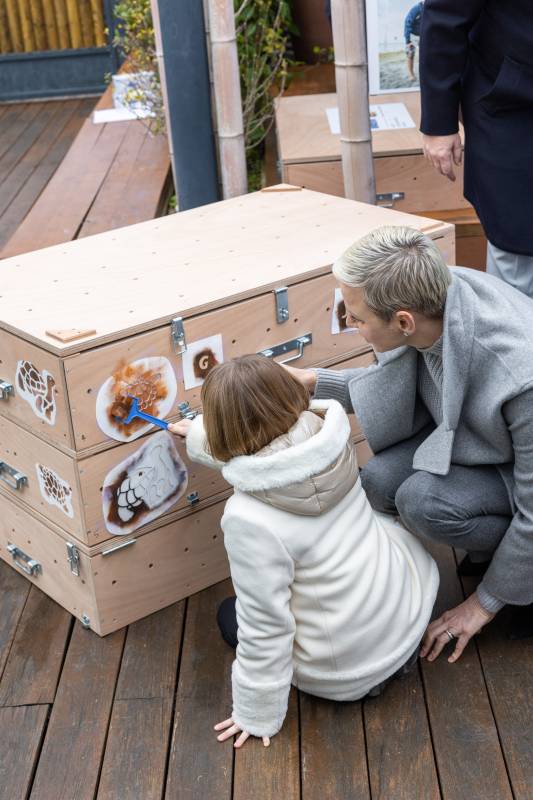
This transition period also aims to ensure their ability to adapt and evolve in nature. At the end of the quarantine phase, the juvenile turtles will be transferred to a fenced part of the reserve for one year, in order to acclimatize to living conditions in the wild. They will then be released into the reserve.

